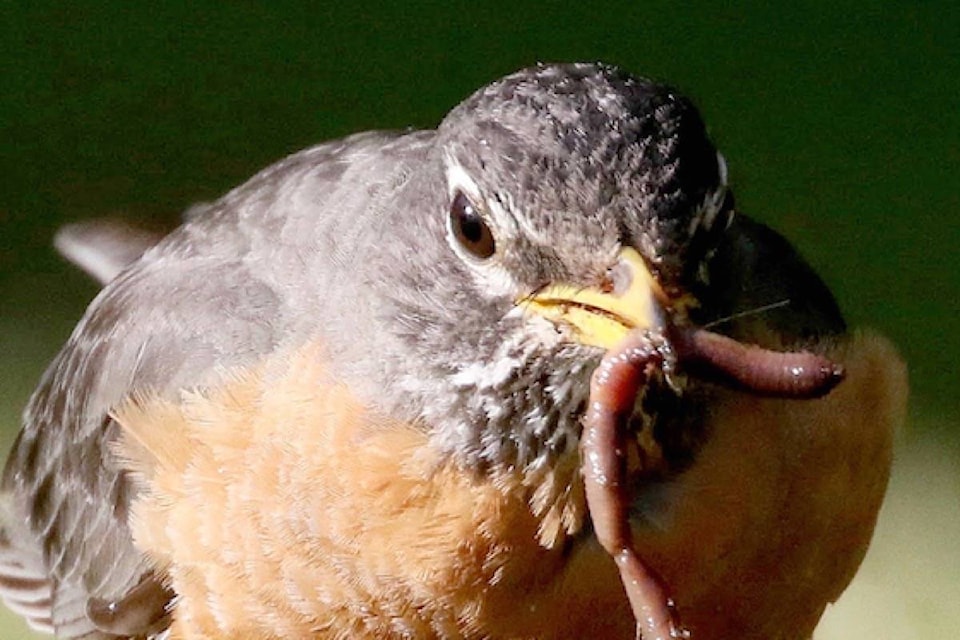Some bird watchers participating in central Alberta’s Christmas Bird Count saw a few surprises, while others had trouble finding birds to count, says a bird count official with Red Deer River Naturalists.
Judy Boyd said notable sightings included a loon at Dickson Dam, and a killdeer, a long-legged shore bird, at Riverbend by Discovery Canyon.
“(Killdeer) are very normal here for spring and summer, but not for winter. I honestly don’t know what a killdeer would be doing here right now,” said Boyd about the bird that was capable of flying so it wasn’t injured.
She said a common loon spotted at Dickson Dam may have been the one released a while ago after recuperating at Medicine River Wildlife Centre, but it still qualified for the count held Dec. 20 making it the Christmas count’s first loon ever.
Boyd said she drove about 200 km around the region for the count and saw mostly ravens and magpies, but there were two mature bald eagles near a nest at Bigelow Reservoir. Eagles aren’t usually spotted until February.
She also counted 112 Canada Geese and 131 at mallards at Riverbend where there was open water.
People spotted 12 robins, and the tally could grow. Four were at Riverbend, four in Lacombe, and four at Maskepetoon Park.
“We usually have some robins that stay over winter, but there seemed to have been a few more.”
People were still sending in their bird count details to Boyd, so the tally was not complete. But complaints about few birds in the outlying areas were adding up.
Related:
Yard work is disturbing more birds
Red Deer’s bird cannons aim to protect
She said in 2020, more people were likley watching for birds in their yards because they were bored during COVID-19 lock downs. This winter birds have enough to eat because so many people continue to feed them, and people shouldn’t worry if they stop filling their feeders.
“Birds are very opportunistic. If the food isn’t at a feeder, they’ll go to the next.”
Boyd said the final tally of birds will be finished in about a week to help determine any possible population trends.
“It used to be we never had northern flickers that stayed over winter. Now they’re common place.”
Evening grosbeaks, on the other hand, have declined since the mid-1990s when there would be hundreds snacking at Kerry Wood Nature Centre feeders during the winter.
“So far I’ve tallied one.”
szielinski@reddeeradvocate.com
Like us on Facebook and follow us on Twitter
